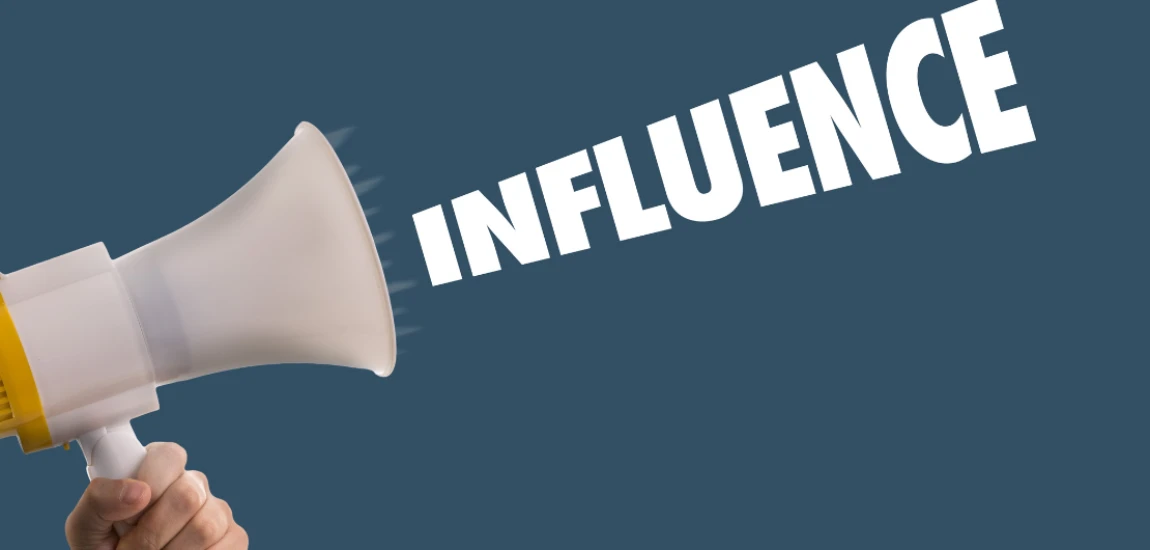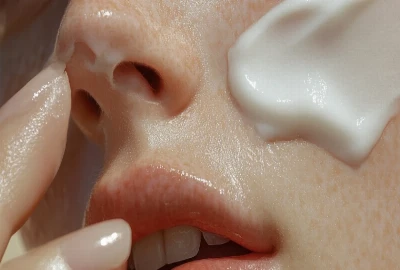The Anti-Influencer Influencer: When Being Chill is a Brand

The influencer economy has long thrived on curation, polish, and aspirational lifestyles. Think glossy Instagram feeds filled with designer outfits, exotic travel backdrops, and perfectly plated meals. For years, influencers built their value by embodying a kind of “better-than-real-life” image that followers both admired and envied. But now, a new archetype has emerged: the anti-influencer influencer.
Unlike their predecessors, these creators reject perfectionism. They embrace messy rooms, unfiltered selfies, and casual storytelling. They film their “get ready with me” videos while barely brushing their hair or record long rants in a car parked outside Target. They position themselves not as untouchable figures but as everyday people—just like their audience. Ironically, this rejection of polish has become its own kind of branding. Being “chill” has turned into a curated identity, one that feels authentic but is still highly marketable.
This blog explores how the anti-influencer influencer rose to prominence, why their approach resonates with digital audiences today, and how brands are responding to this shift. We’ll also look at the paradox: when “not trying” becomes a strategy, is it still authentic—or just another form of performance?
The Rise of the Anti-Influencer Influencer
The rise of the anti-influencer influencer can be traced back to a cultural backlash against the hyper-curated aesthetic of early Instagram and YouTube. By the late 2010s, audiences were growing fatigued with flawless beach photos, luxury unboxings, and airbrushed beauty tutorials. Many followers began questioning the authenticity of influencers who projected a life of constant perfection.
Enter platforms like TikTok, which lowered the barrier to entry for content creation. Suddenly, you didn’t need expensive equipment or hours of editing to go viral. A shaky iPhone clip filmed in poor lighting could reach millions of viewers overnight. This democratization of content shifted audience preferences toward raw, unfiltered storytelling. People wanted relatability, not perfection.
Creators like Emma Chamberlain embodied this shift. With her chaotic editing style, casual outfits, and candid demeanor, she became a model for the “anti-influencer.” Instead of being aspirational in the traditional sense, she felt like a friend. TikTok then accelerated this style, with countless micro-creators adopting a laid-back, diary-like approach to sharing their lives.
The anti-influencer influencer thrives on intentional imperfection. Their photos might be blurry, their captions sarcastic, their videos filled with pauses, “ums,” and laughter. These signals of casualness are designed to build intimacy with followers, making audiences feel like insiders rather than passive spectators. But as with any trend, the “effortlessly relatable” vibe is not always as spontaneous as it looks. Many anti-influencers carefully curate their messiness, turning authenticity into a strategy.

Why Being Chill is the New Cool
The appeal of the anti-influencer influencer lies in the cultural moment we’re living in. Audiences are burnt out by curated perfection. The hustle culture, “that girl” morning routines, and endless consumption cycles of traditional influencers feel increasingly exhausting. Instead, being chill—showing up as you are—has become aspirational in its own way.
Psychologically, relatability is powerful. Followers don’t just want to admire influencers; they want to feel connected to them. When a creator admits they ate cereal for dinner or shows their messy bedroom, it lowers the wall between creator and consumer. This vulnerability feels refreshing compared to traditional influencer content, which often creates a sense of distance.
There’s also a generational factor. Gen Z, in particular, values authenticity and irony over perfection. This generation grew up hyper-aware of advertising tactics and online branding, making them more skeptical of polished influencers. For them, humor, self-deprecation, and casualness feel more trustworthy than luxury logos or staged backdrops.
At the same time, being chill itself has become a status symbol. True relaxation and nonchalance are difficult to fake unless you have the privilege to step back from hustle culture. In this way, anti-influencers project a different kind of aspirational image—not of wealth or beauty, but of effortless existence. They make life look easy, casual, and fun, which is its own form of allure.
This shift doesn’t mean traditional influencers are disappearing, but it does signal that cultural capital is increasingly tied to relatability. In today’s landscape, cool isn’t about being untouchable; it’s about being chill enough to feel real.

The Business of Anti-Influence: How Brands Cash In
What makes the anti-influencer influencer fascinating is that, despite rejecting traditional influencer polish, they are still deeply embedded in the marketing economy. Brands have quickly realized that authenticity sells. In fact, audiences are often more likely to trust a product recommendation from someone who appears casual and relatable than from someone overly curated.
Consider the rise of UGC (user-generated content) marketing. Brands now pay creators not to look like polished influencers, but to film “real-life” testimonials. A creator casually holding up a skincare product in their bathroom feels more persuasive than a glossy commercial. This blurring of authenticity and advertising is central to the anti-influencer influencer’s appeal.
However, this raises a paradox. If relatability becomes a monetizable brand, how authentic is it really? Many anti-influencers face criticism for appearing casual while still carefully managing their image and profiting from sponsorships. Emma Chamberlain, for instance, built her empire on relatability, but eventually became a global fashion ambassador and business owner—an evolution that some fans felt contradicted her “normal girl” appeal.
Brands, too, walk a fine line. Partnering with anti-influencers requires subtlety. Overly scripted campaigns can backfire, making creators look inauthentic. Instead, successful collaborations embrace the creator’s unique style—even if that means allowing them to poke fun at the very concept of influencing.
The business of anti-influence highlights the adaptability of marketing culture. No matter how much audiences crave authenticity, the market finds a way to package and sell it.

The Paradox of Authenticity in the Digital Age
At the heart of the anti-influencer movement is a paradox: when authenticity becomes a strategy, is it still authentic? Romanticizing imperfection, curating casualness, and branding yourself as “chill” all require intentionality. It’s not raw honesty but a performance of honesty.
This tension is not unique to influencers. All online self-presentation involves some degree of curation. Choosing which photo to post, which caption to write, or which moment to share always involves editing. The difference with anti-influencers is that their brand is built on highlighting the imperfections others hide. But even those imperfections are sometimes selectively chosen.
For audiences, this raises important questions. Are we truly connecting with creators, or are we consuming another form of polished branding disguised as authenticity? Does it matter if the performance feels real enough? Some argue that even if authenticity is staged, it still provides value by making followers feel less alone in their daily struggles. Others see it as manipulative—a clever way of selling relatability.
The paradox of the anti-influencer influencer reflects a larger truth about digital culture: authenticity is always mediated. In a world where identity is packaged for online consumption, even rebellion against curation becomes curated.




